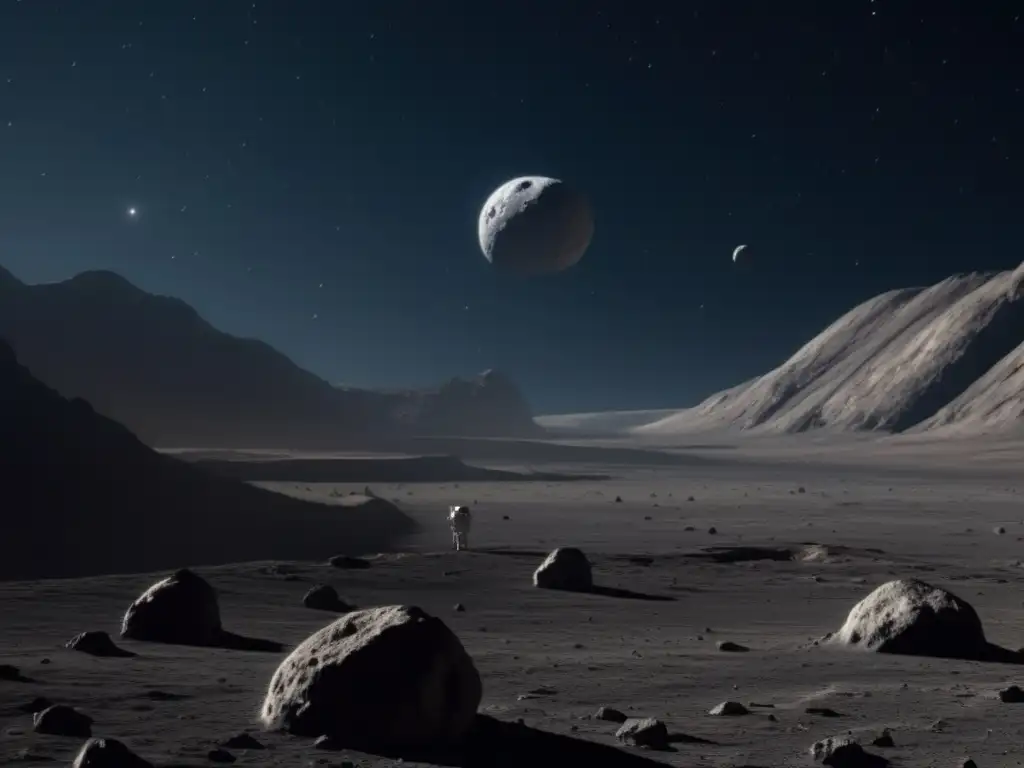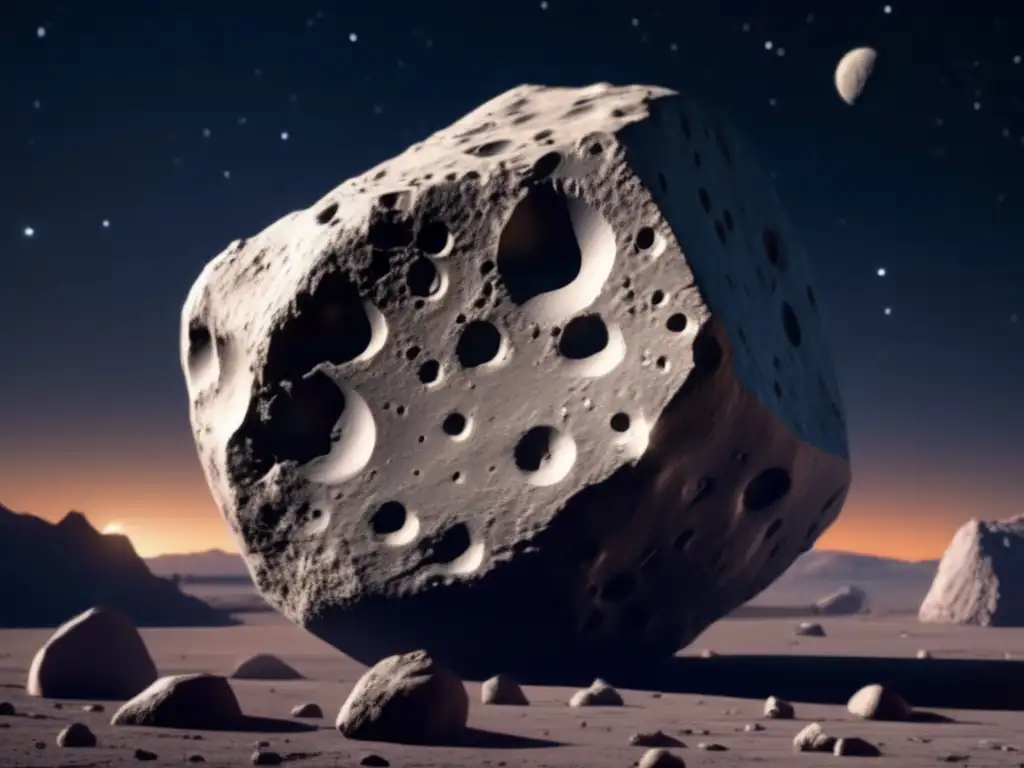Understanding The Characteristics Of Asteroid Nysa

Introduction
Asteroids have fascinated scientists and astronomers for centuries, and each one holds unique characteristics that provide valuable insights into our solar system's history. In this article, we will delve into the fascinating world of Asteroid Nysa, exploring its origins, composition, and significance. As one of the most studied asteroids, Nysa offers a wealth of information that helps us better understand the universe we live in.
The Origin and Discovery of Asteroid Nysa

Discovery
Asteroid Nysa was discovered by Hermann Goldschmidt on May 27, 1857. Named after the Greek mythological figure Nysa, who was associated with Dionysus, the god of wine, this asteroid orbits the Sun within the inner region of the Asteroid Belt between Mars and Jupiter. Since its discovery, numerous observations and studies have been conducted to uncover the mysteries surrounding Nysa.
Composition
Nysa is classified as a type E asteroid, indicating it primarily consists of silicate minerals rich in iron and magnesium. Spectroscopic analysis reveals the presence of olivine and pyroxene, minerals commonly found on Earth. These findings suggest that Nysa may have originated from the inner regions of the solar system, possibly from the mantle of a large differentiated parent body.
Characteristics
Asteroid Nysa has an elongated shape with an estimated size of approximately 70 kilometers in diameter. It follows a relatively circular orbit, taking about 3.8 years to complete one revolution around the Sun. Interestingly, Nysa is part of a larger asteroid family known as the Nysa-Polana group, believed to have resulted from a previous catastrophic collision with a much larger asteroid.
Exploring Nysa's Significance

Scientific Importance
Nysa's composition and proximity to Earth make it an ideal target for scientific exploration. Ongoing missions and telescopic observations provide valuable data to understand the formation and evolution of asteroids within the inner regions of the Asteroid Belt. By studying Nysa and other similar asteroids, scientists can gain insights into the early stages of our solar system and the processes that shaped it.
Potential Mining Resources
As the interest in space mining grows, asteroids like Nysa offer potential resources for future endeavors. The high concentration of valuable minerals, including iron, magnesium, and potentially precious metals, makes Nysa and similar asteroids attractive targets for resource utilization in the future. Exploring and studying Nysa's composition could provide valuable information for future asteroid mining missions.
Cultural Significance
In addition to its scientific importance, Nysa holds cultural significance. Ancient myths and legends often associated celestial bodies with deities and heroes, and Nysa's name stems from this rich tradition. By understanding the cultural history of asteroids like Nysa, we can appreciate how these celestial objects influenced ancient civilizations and continue to inspire us today.
Frequently Asked Questions

-
What is the composition of Asteroid Nysa?
Asteroid Nysa primarily consists of silicate minerals, such as olivine and pyroxene, which are rich in iron and magnesium.
-
How big is Asteroid Nysa?
Asteroid Nysa has an estimated diameter of approximately 70 kilometers.
-
What is the significance of studying Asteroid Nysa?
Studying Asteroid Nysa offers insights into our solar system's history, potential mining resources, and the cultural significance of celestial bodies.
-
Is Asteroid Nysa part of a larger asteroid group?
Yes, Asteroid Nysa belongs to the Nysa-Polana asteroid family, believed to have formed from a previous collision.
-
Can Asteroid Nysa be mined for resources?
Asteroid Nysa and similar asteroids hold potential resources for future space mining missions due to their high mineral concentrations.
Conclusion
Asteroid Nysa provides a window into the mysteries of our solar system. Through its composition, origin, and cultural significance, Nysa offers valuable insights for scientists, space explorers, and enthusiasts alike. By unraveling the secrets of Nysa and other asteroids, we unlock a deeper understanding of our universe's evolution and future possibilities. Share your thoughts on Nysa and join the conversation about asteroids at www.asteroidrealm.com. Together, let's explore the wonders of the cosmos.
Additional Resources

For further reading on asteroids and Nysa, check out the following resources:
- NASA: Dawn Mission
- International Astronomical Union - Asteroids
- NASA Jet Propulsion Laboratory - Asteroid Watch
- NASA Solar System Exploration - Asteroids
 The Unique Features Of Asteroid Euphrosyne
The Unique Features Of Asteroid Euphrosyne Asteroid Hekate: What Makes It Stand Out?
Asteroid Hekate: What Makes It Stand Out? A Deep Dive Into Asteroid Nemesis
A Deep Dive Into Asteroid NemesisIf you want to discover more articles similar to Understanding The Characteristics Of Asteroid Nysa, you can visit the Asteroid Profiles category.
Leave a Reply

Articulos relacionados: